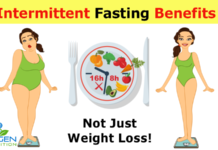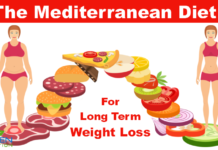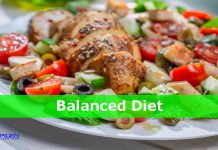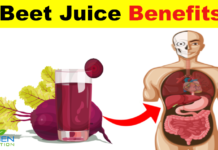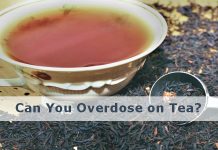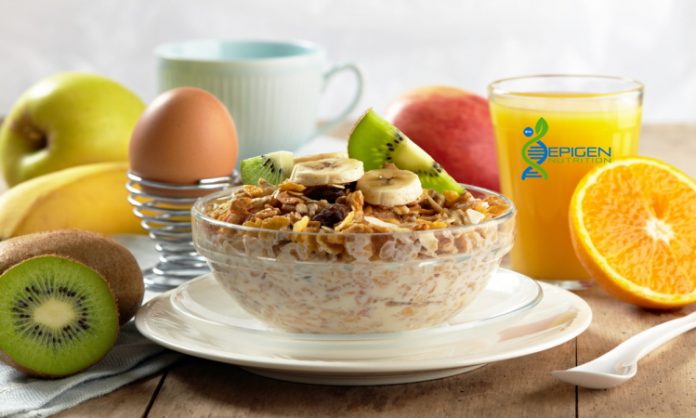The World Health Organisation says that about 5% of our daily calorie intake should be sugars.
I don’t know if you have ever tried to monitor the amount of sugar that you consume. I have many times, and unless you are sticking to just a vegetable diet, it is quite a task to keep track of it all.
If you are on a 2000 calorie diet, 100 calories a day should be sugar, I mean come on, how are you supposed to work all that out if you have a busy schedule.
Even more so if you have a bunch of kids to look out for, eh mums?
The easiest way to get a grip of this sugar problem is to cut out a lot of the foods where it has been crammed into, and that should at least give you a bit of a start to getting on target.
Let’s check out some foods to look out for that have a lot of hidden sugar.
Salad Dressings and Toppings
If you buy yourself some fat free or light salad dressing you might think you are being good, but what a lot of people don’t realise is they pack these full of salt and sugar to make up for the flavours that have been taken out by removing the fat.
Avoid ketchup based dressings (Russian and French) as these are the worst along with vinaigrette dressings that contain fruit.
If you decide to eat out anywhere, always ask for your salad dressing on the side, that way you can control how much you are going to have.
If you are buying salad dressings for at home, try and go for ones that have 2 grams or less of sugar per 2 tablespoon servings.
Breakfast Cereals
A lot of the breakfast cereals that are on the shelves in the shops are packed with sugar!
Make sure to always check the nutritional labels on these as they can be really deceiving and believe it or not some even have more than 15 grams of sugar per one bowl serving.
Dried Fruit
A lot of us have been led to believe that dried fruit is simply fruit that has been dried, therefore it is still just as healthy as eating fresh.
But it’s not entirely the case. A number of companies add sugar in the process and something like a small bag of dried cranberries can have up to 29 grams of sugar per serving.
Compare that to the same amount of fresh cranberries and they have only 4grams of sugar!
Even though the drying process concentrates the sugar amount, always check nutritional labels on these products before you buy them!
Sauces
Most of us can’t help adding sauces to our cooking but be careful, as a lot of the tasty ones such as jerk, teriyaki, barbecue and even some ketchup can have up to 12 grams per 2 tablespoon serving in them.
Again, if you pop out to eat ask for your sauce on the side so you can control what you have and if you make your own just cut down on the amount that you use.
Yogurt
Most yogurts have some sugar because of the natural sugar lactose that is present in the milk.
Fruit yogurts are what you really need to be aware of because these have a lot of added sugar.
Greek yogurt is by far the best for you and if you choose the right one, it can taste like you are eating cream without eating all the calories!
The only way you can really keep on top of how much sugar you are having is to start looking at the nutritional labels on the food you are buying.
Also be aware that you will not always see the exact word sugar on the food label.
The food companies don’t exactly want to make it too easy for you to cut down.
Here are some of the most popular names to look out for on the labels to identify sugars:
Turbindo sugar, beet sugar, confectioner’s sugar, brown sugar, white sugar, corn syrup, dextrin, honey, maple syrup, raw sugar, cane sugar, invert sugar, evaporated cane juice, malt and corn sweeteners.











